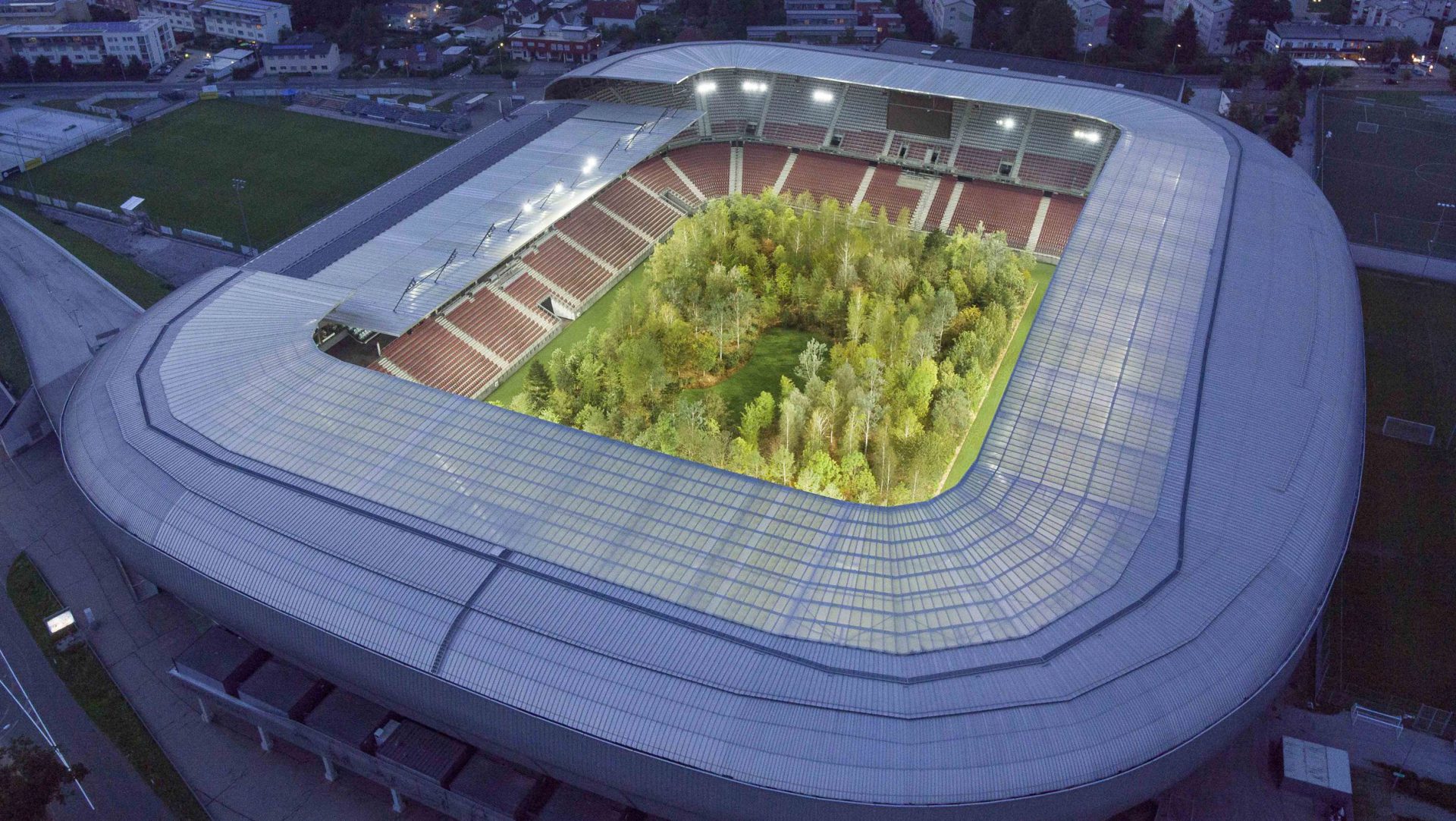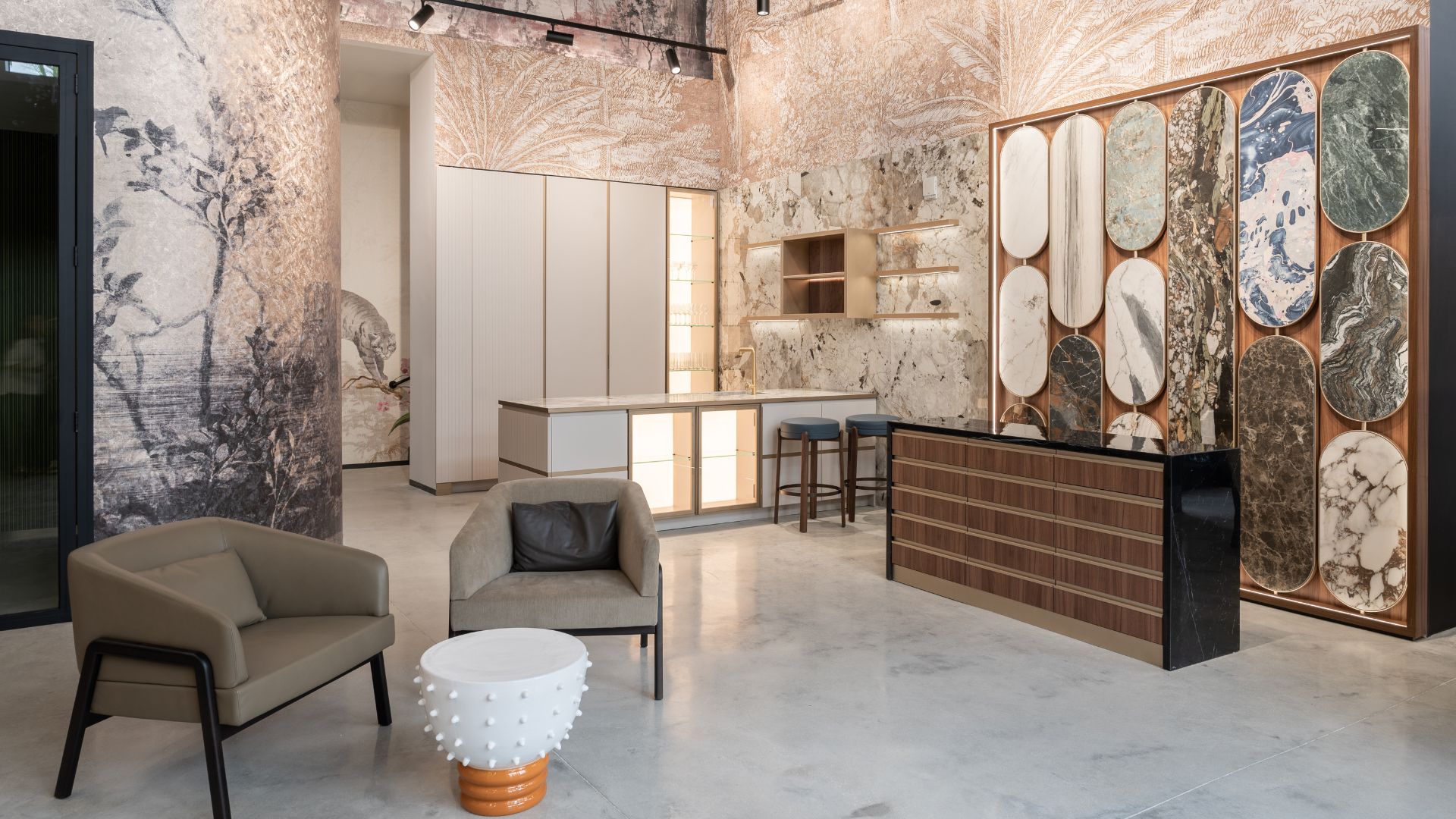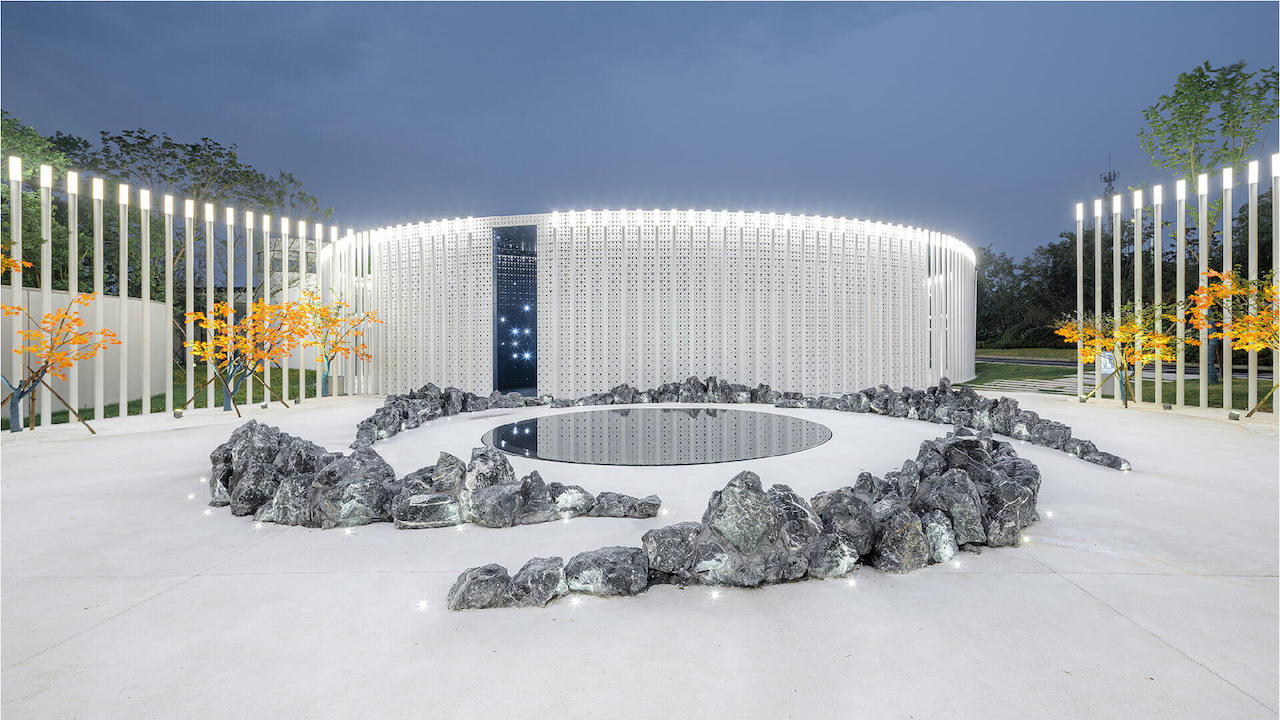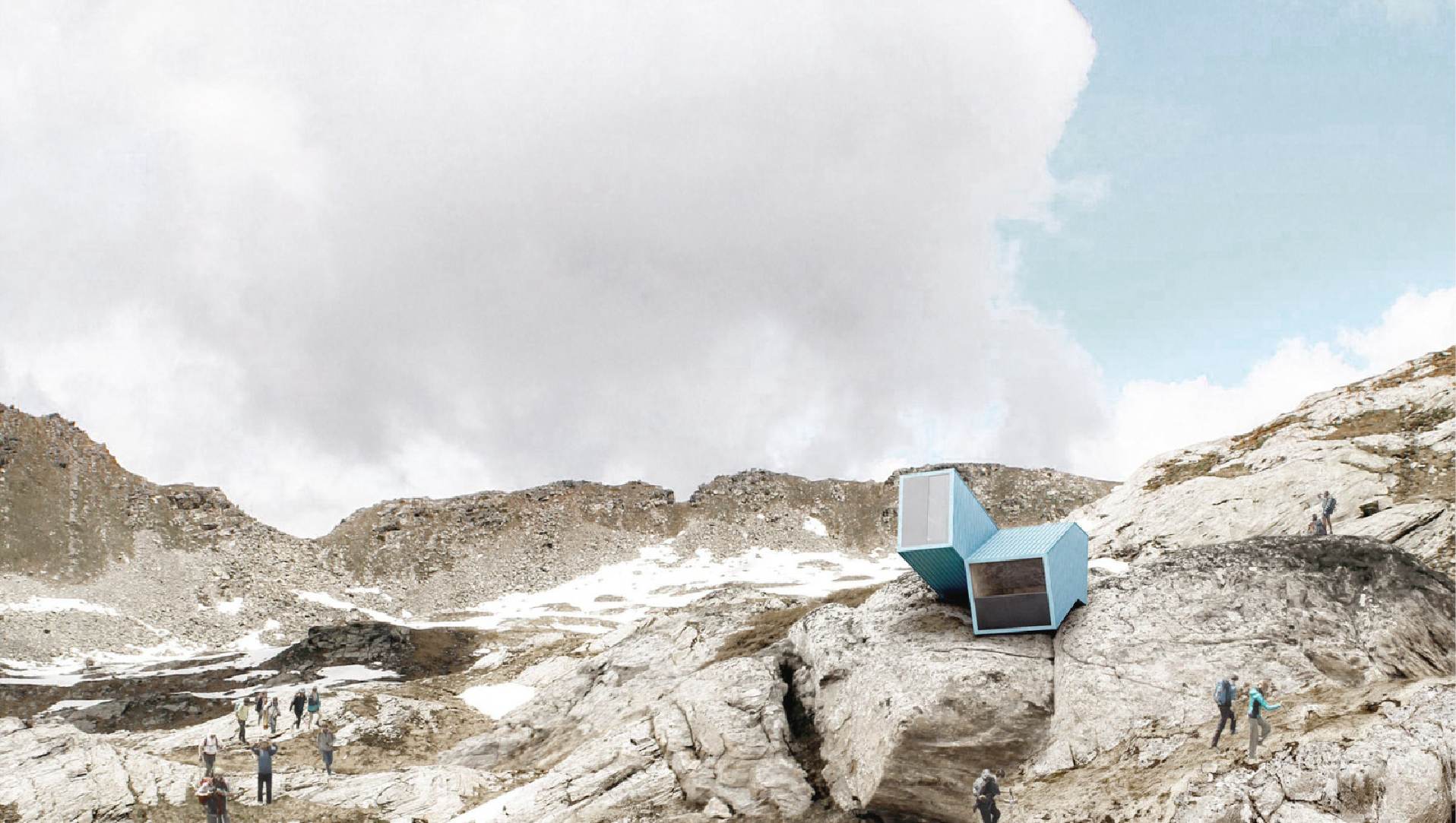Singapore’s Walk-Cycle-Ride plan for better mass public transport
Representing an example for innovative transportation infrastructure, Singapore’s Land Transport Authority is spearheading it all.

To have a deeper understanding of transportation infrastructures, DesignWanted interviewed Vance Ng, Director at the Land Transport Authority Singapore (LTA), and learned more about the work they do, the future of mobility, and how Singapore envisions the next steps for its public transport services.
There is so much that goes into creating and maintaining a well-functioning city, from the economy to the urban developments, to one of the most essential aspects: transportation. The physical movement of humans and products is essential for a functioning society, it is a gateway that stimulates growth, development, innovation, and directly affects everyone’s daily life, yet, the design of these transportation networks are often taken for granted and not given the importance they deserve.
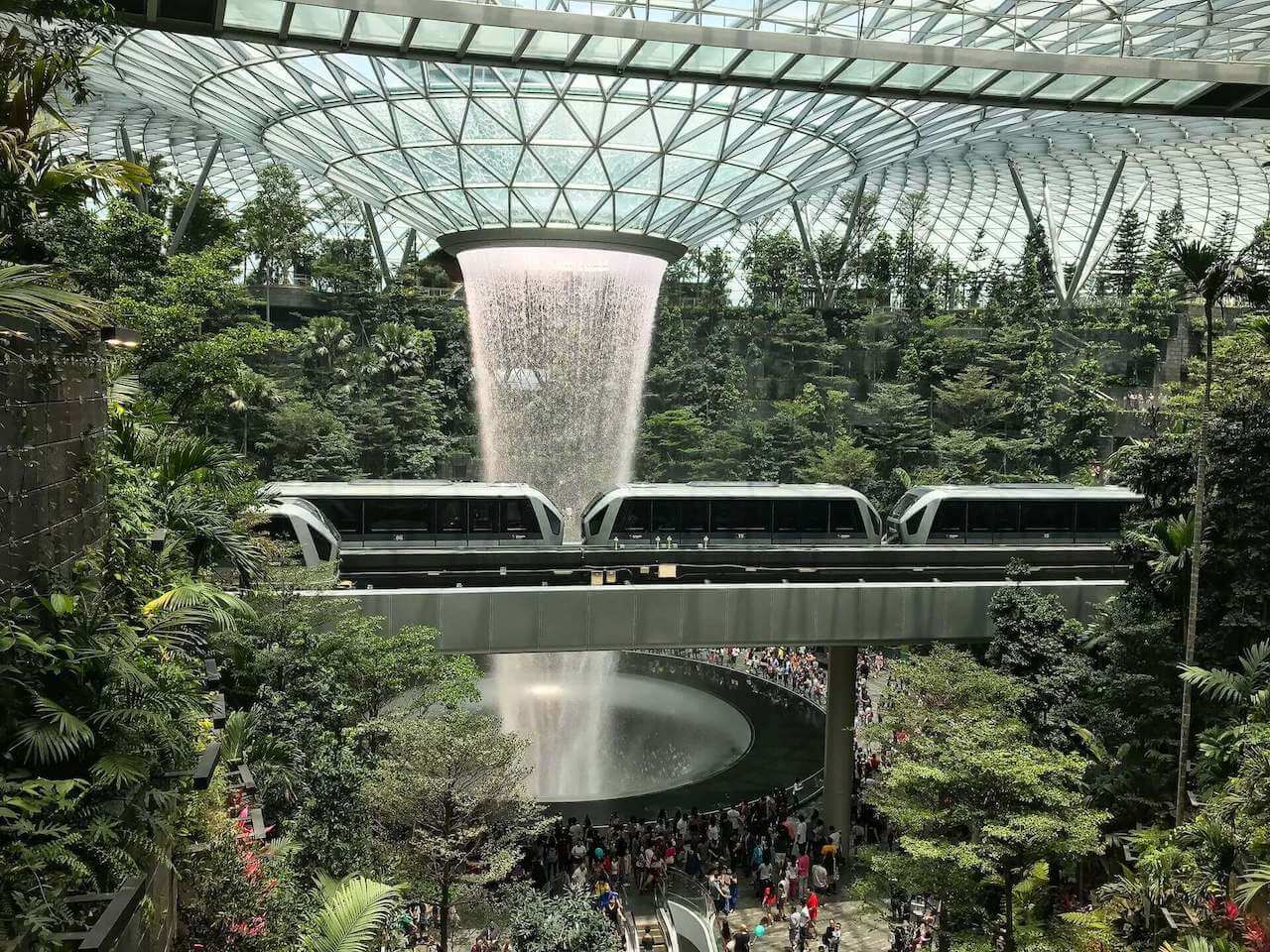
Designing effective and environmentally responsible transportation networks is a challenging task, but not an impossible one. Careful attention to planning and a deep understanding of how humans interact in complex networks is essential.
Few countries in the world take dedicated consideration to the design of these networks and its integration with new technologies, but it is clear that Singapore is at the top of them all. The city-state has always been regarded as an exemplar of “good practices” when it comes to integrated transport planning.
It was the first city to put into practice the concept of restricting ownership and use of motor vehicles, of changing the use of road space, and of exploring new technologies for an improved, more livable, and sustainable city.
Behind all of these designs and innovations is a highly-skilled group of individuals, Singapore’s Land Transport Authority (LTA). The LTA is a statutory board under Singapore’s Ministry of Transport whose key focus is to plan, design, build and maintain all of the city-state’s land transport infrastructure which includes public transportation systems, road networks, and managing vehicle ownership and usage among others.
What is the current state of public transport in Singapore and what makes it unique?
Vance Ng:
“Singapore is a small island city-state, with a land area of approximately 720km2. We have little land and many competing needs for it. For example, about 12% of our land is taken up by roads, while housing takes up about 14%. We decided early on that public transport is the most sustainable way to serve our mobility needs, and that we want to make public transport the preferred choice of travel in Singapore.
We have made sustained investments in our public transport infrastructure over the long term, to make public transport accessible and affordable to all Singapore residents. This is reflected in the ambitious targets that we have set for ourselves. For example, in our Land Transport Masterplan 2013, we committed to ensuring that 8-in-10 households will be within a 10-minute walk from a train station by 2030. Today, we are on track to meeting that target.
With the connectivity and accessibility provided by our public transport network, data shows that almost 70% of peak period journeys are being taken on public transport.”

How does LTA Singapore envision the future of mass public mobility?
Vance Ng:
“We envision mass mobility to be centered around the concept of “Walk-Cycle-Ride (WCR)”. Rail and bus (i.e. “Ride) continue to be the backbone of our public transport network, while we seek to make the first-mile-last-mile experience a more pleasant one for walking and cycling (i.e. “Walk” and “Cycle”).
This is encapsulated in the latest iteration of our Land Transport Master Plan, or LTMP 2040. In LTMP 2040, we aim to build on the foundations that we have built over the years and stretch our goals a little further. We want commuters’ journeys on WCR modes to be convenient, well-connected, and fast. By 2040, we aim for 90% of peak period journeys to be completed within 45 minutes on WCR modes.
There are two key ways for us to work towards this outcome, even as we face challenges such as the increasing length of public transport journeys. This is a natural consequence of the development of residential housing further away from the Central Business District (CBD), as most cities experience.
First, we will continue to invest in our public transport network to make journeys faster. Second, and more importantly, we want to bring jobs closer to homes by developing business and commercial hubs outside of our CBD.”
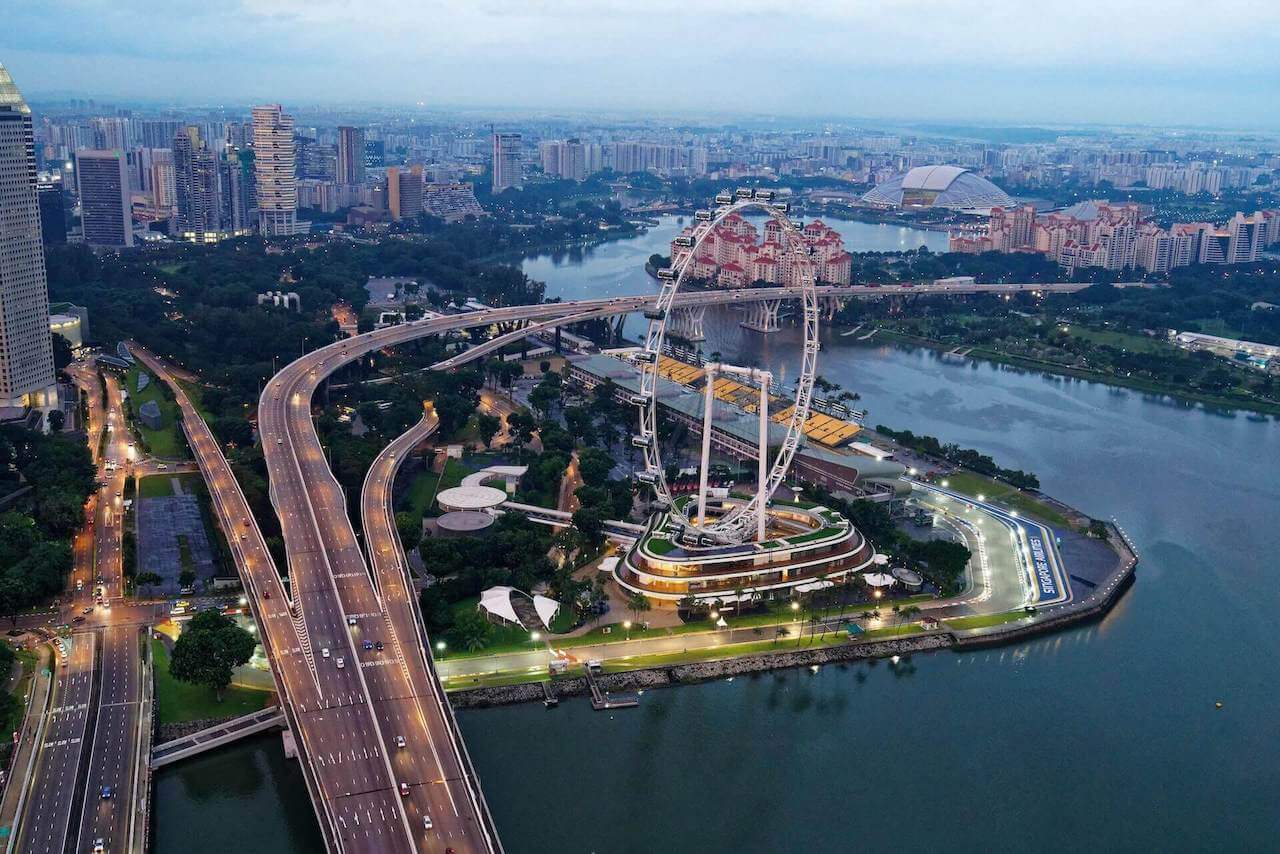
Tell us about the plan of removing cars from the city: what are the main hurdles in people’s behavior and how you plan to tackle them?
Vance Ng:
“We recognise that there will be commuters who need to use cars for various reasons. Therefore, our approach is to make private vehicle ownership less relevant. We try to do so by building up and maintaining a public transport network that can meet the needs of the majority, in a convenient and fast manner. Providing such a viable alternative allows us to put in place stringent ownership and usage policies for private vehicle ownership, which try to limit the negative externalities brought about by a high private vehicle population.
For example, the Vehicle Quota System (VQS) limits the number of vehicles allowed in Singapore to what our road network can sustain. The Electronic Road Pricing (ERP) imposes charges on vehicles when they contribute to congestion along major roads and cordons (e.g. the Central Business District). As we see less reliance on private vehicles, new developments are planned as “car-lite precincts”. These precincts will be planned with added support for public transport and alternative travel options. Parking provisions will be reduced to reflect the reduced need for cars.”

What technological advancements will contribute to improve public transport?
Vance Ng:
“In the past few years, we have seen the rapid adoption of smartphones and the growing availability of data. This has helped to enable commuters to plan their door-to-door journeys and make their best use of their time. In Singapore, we have made real-time public transport data openly available. This includes bus arrival times and locations, whether a bus is crowded etc. We encourage companies, start-ups, app developers, and the public to co-create innovative and inclusive transport solutions.
As we better understand data, and technological platforms such as machine learning mature, we can expect solutions to better serve the individual needs of commuters and yet optimise resources for operators. One such possibility is dynamically routed buses or on-demand buses. Perhaps in the not-too-distant future, we can see such technology being paired with autonomous vehicles to provide truly efficient and personalised mobility solutions for commuters.
In Singapore, we envisage leveraging on such technology developments to complement our public transport network. We intend to launch several autonomous vehicle trials in residential towns, as well as commercial developments, by the mid-2020s.
With land transport being a significant contributor to emissions, an important development within the automotive industry is the electrification of vehicles. For the public transport system, we are committed to having our entire public bus fleet running on cleaner energy by 2040. i.e., buses will either be fully electric or hybrids.”

How and to what extent can design & architecture change public transport?
Vance Ng:
“For the Walk-Cycle-Ride to become the preferred mode of transport, we need to understand how Singapore residents live, work and play; their commuting needs and wants. Taking our train (or Mass Rapid Transit) stations as an example, a well-designed station that responds to the commuter needs will in turn impact the commuter behavior positively. A station that is convenient, connected, comfortable, safe, clean, well-maintained will emotionally connect with the commuters and attract patronage. Because what we love, we will sustain. And conversely, when we feel no connection, we will be critical and indifferent.
The Land Transport Master Plan 2013, or LTMP 2013 aimed to have 8-in-10 households within a 10-minute walking distance from a train station by 2030. In the hot and sunny climate of Singapore, prone to sudden storms and downpour, this 10-minute walk then becomes a critical connection that is facilitated through the provision of covered walkways between MRT station entrance and key destinations within a 400m radius.
Initially purely functional, the design of the covered walkways has evolved to allow for greenery, seating spaces, and nodal points which create opportunities for the community to rest, converse, engage, connect. Bencoolen Station is a wonderful example of tight urban city planning. Basement level connection with Bras Basah station and the surrounding university and colleges facilitates seamless connectivity and generates activity in the area.
At street level, 2 lanes of traffic along Bencoolen Street were repurposed to become a fully dedicated bus lane, a purpose-built cycling path with accompanying bicycle parking lots, and widened pedestrian footpath for walking and community space. The surrounding art communities have stamped their own identity by installing sculptures and seating where the community gathers and exchanges ideas.”













